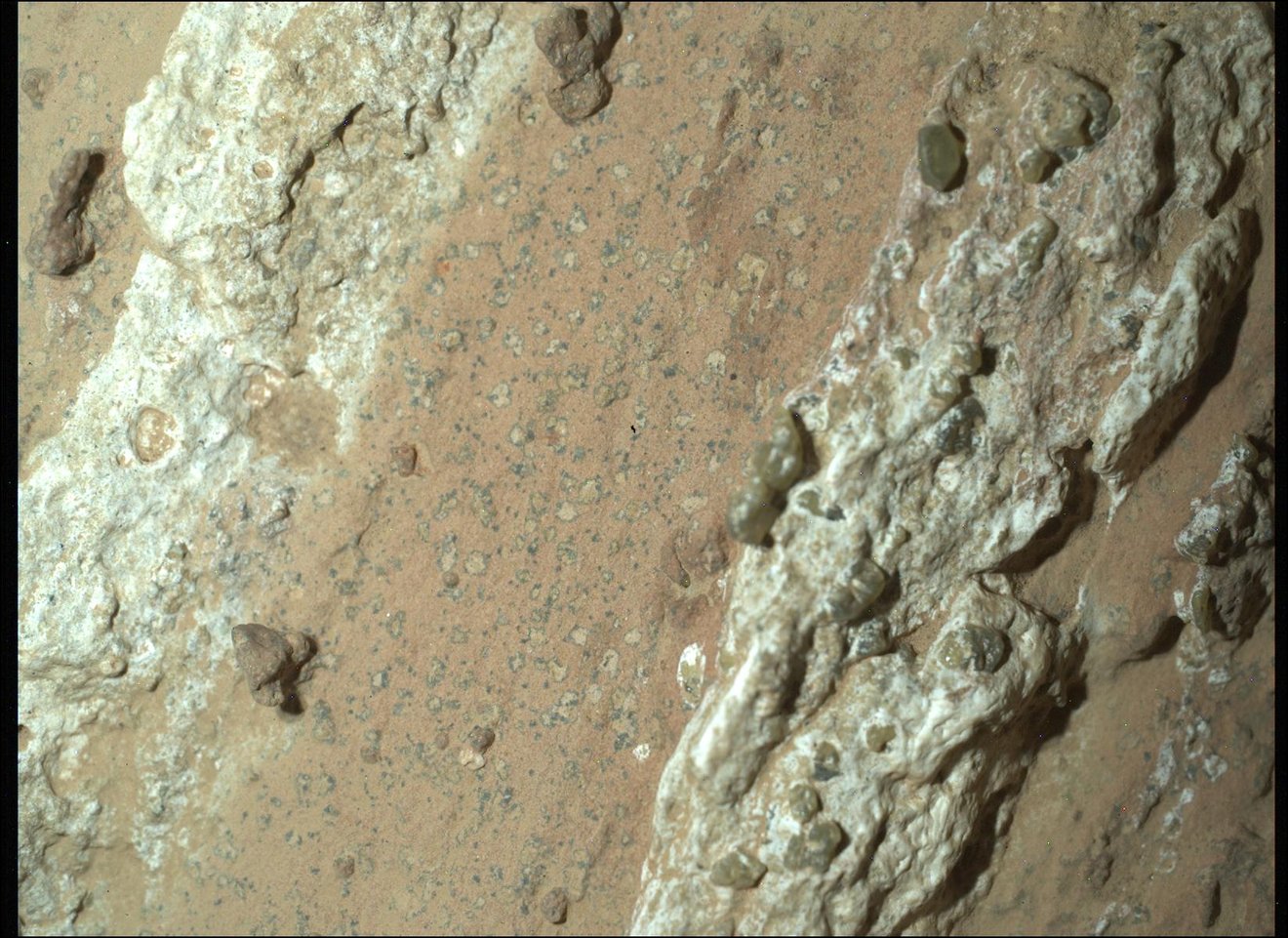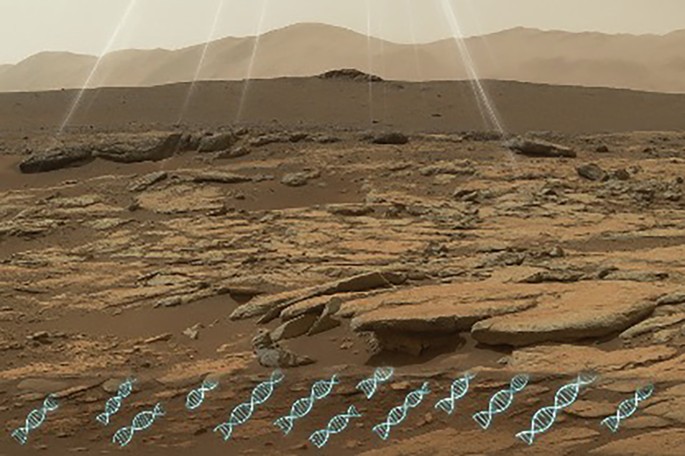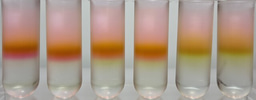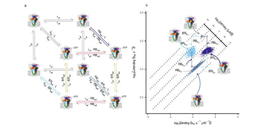Can DNA survive on Mars?
Published in Astronomy, Chemistry, and Earth & Environment

Mars today is cold, dry, and bathed in radiation, yet its past was far more welcoming: rivers, lakes, chemical energy sources, and the elements life needs. Both Curiosity rover (exploring Gale Crater, on Mars) and Perseverance rover (exploring Jezero Crater) have revealed sedimentary environments that once could have supported microbial ecosystems and preserved organics. But rover instruments cannot yet tell biological from abiotic with confidence; that will require laboratory analyses of Martian rock samples that shall be brought to Earth—and scientists will only have a few grams of material to work with.

Figure 1. Investigating past habitable environments on Mars. Left: At Jezero Crater, NASA’s Perseverance rover traverses the channel of ancient Neretva Vallis; a light‑toned outcrop of mudstones, on the right side of this image, contains salts and potential biomarkers. Right: At Gale Crater, NASA’s Curiosity studied the sedimentary rocks in the Yellowknife Bay region; these sedimentary rocks contain simple organic molecules have been exposed to surface radiation for only ~78 million years. Image credit: NASA/JPL‑Caltech/MSSS.
NASA’s Perseverance rover has recently uncovered organic molecules and other possible biomarkers in ancient mudstones deposited by the river that once flowed through Neretva Vallis. These findings add weight to the exciting possibility that Mars may have supported microbial life in its past. At the same time, scientists are carefully considering non-biological (abiotic) explanations. What’s clear, however, is the pressing need to develop life-detection methods that can deliver clear answers—even from the tiny amounts of material we are able to collect from Martian rocks.

Figure 2. NASA’s Perseverance rover discovered “leopard spots” on a reddish rock in Neretva Vallis (Jezero Crater). These patterns could reflect past geochemical conditions that might have supported microbes, although abiotic alternatives are still being evaluated. Credit: NASA/JPL‑Caltech/MSSS.
The challenge: radiation is relentless
Small organic molecules degrade quickly under Martian surface conditions. We asked a harder question: could larger, structured biopolymers like DNA persist long enough—in fragments—to be detectable?
To test this, we worked with a unique collection of ancient sedimentary rocks—some as old as about 2.8-2.9 billion years. We carefully ground a few grams of each rock type, sealed them in individual vials, and exposed them for weeks to intense gamma irradiation, equivalent to hundreds of millions of years of near‑surface cosmic‑ray exposure on Mars. When we retrieved the vials, the crystal walls had changed color—a stark reminder of radiation’s power.

Figure 3. Simulating >100 million years of Martian‑surface radiation. Left: analogue sedimentary rocks up to ~2.8-2.9 Ga. Right: 20 days of γ‑irradiation from multiple 60-Co units, with samples immersed in a sealed vessel within a water‑pool at ambient temperature.
What we did
From as little as half a gram of irradiated rock—and total DNA yields sometimes as low as 0.6 ng—we attempted direct detection using nanopore sequencing without amplification. Every step ran in triplicate with rigorously monitored blanks and controls inside a dedicated clean room. For every irradiated sample we had an equivalent set of pristine samples, and we compare the response to different levels of radiation dose.
What surprised us
Even after intense irradiation, we recovered readable nucleotide sequences. The fragments carried enough information to reconstruct distinct microbiomes consistent with each rock type—stromatolites, microbialites, carbonates, and iron formations.
In a blind analysis, bioinformatic expert colleagues who just received the raw sequences, not having participated in rock sampling, DNA extraction and sequencing, or radiation exposure, retrieved the same micriobiome across triplicates, in both pristine and irradiated samples. This boosted our confidence that we were detecting indigenous signals rather than contamination.
Why it matters
These results set realistic expectations for life detection in Mars Sample Return and point to practical protocols: prioritize minimally destructive extraction on sub‑gram splits; use direct long and short‑read methods tolerant of damaged molecules; and treat contamination control as mission‑critical.
Reflections & what’s next
This project involved a multidisciplinary team: planetary scientists, geochemists, microbiologists, and bioinformaticians. The hardest part wasn’t the sequencing—it was making the tiny amount of surviving DNA count.
We do not claim that DNA will be found on Mars. We show that, under Mars‑like radiation, fragments can persist and still carry interpretable information. Next, we’ll expand to more complex analogue environments, integrate orthogonal biosignatures, and stress‑test the pipeline end‑to‑end.
Through this research we have learned that even the most irradiated, seemingly barren rocks may still whisper a story of life. Sometimes, all it takes is half a gram.
Follow the Topic
-
Communications Earth & Environment

An open access journal from Nature Portfolio that publishes high-quality research, reviews and commentary in the Earth, environmental and planetary sciences.
Related Collections
With Collections, you can get published faster and increase your visibility.
Geology of the Moon
Publishing Model: Hybrid
Deadline: Jan 31, 2026
Drought
Publishing Model: Hybrid
Deadline: Dec 31, 2025





Please sign in or register for FREE
If you are a registered user on Research Communities by Springer Nature, please sign in